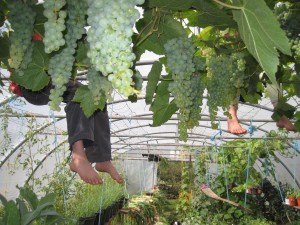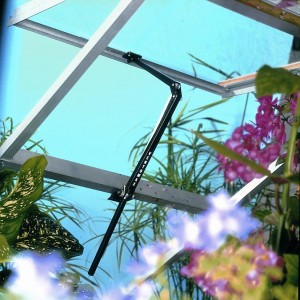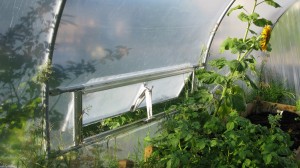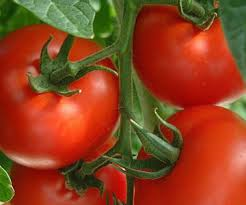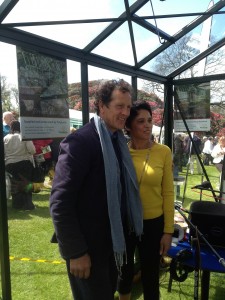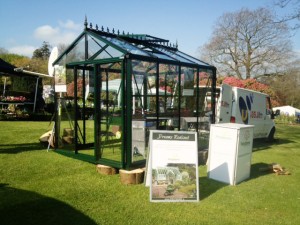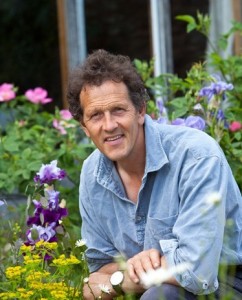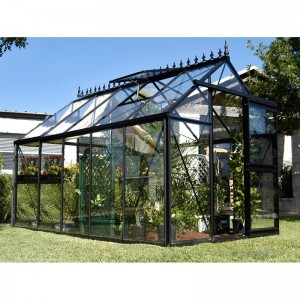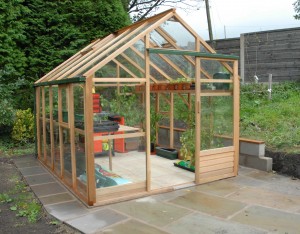You could let your summer crops finish in your tunnel or glasshouse, rip them out and leave it for the winter. But why leave it empty when it most profitable?
Now is the time to start sowing all those vegetables that will cost you so much in the shops. Apart from the pleasure of harvesting your own salads all winter, they will be fresher than anything you can buy.
Clean up your glasshouse or tunnel first. Remove finished crops and wash it down to let in maximum light for the winter. Dig over the soil and if available add in some organic matter: it rots away faster in the warm conditions than it does outdoors. Feeding and fertilisers are rarely needed. Plant out any seedlings of salad and other crops that you sowed last month. Sow carrots and radishes if you want.
Sow salad-leaf seed in drills; that way anything that comes up between drills is a weed. Keep it well watered. The simplest way to harvest is cut-and-come-again: snip off everything leaving the stumps to re-sprout a second crop behind you as you move on down the rows. If you find it growing faster than you eat it, feed the surplus to livestock or compost it. You may be surprised by how few rows will feed your household.
There is a vast range of crops to choose from. Check your local seed-shop but also your half-used seed packets; many outdoor varieties can be sown this way. Lettuce is popular, but there’s chicory and endive, mustard and cress, rocket, mizuna and Chinese greens, komatsuna and pak choi, spinach, corn salad (lamb’s lettuce), winter purslane and orache. Why not start with mixed leaves?
Peter Whyte

